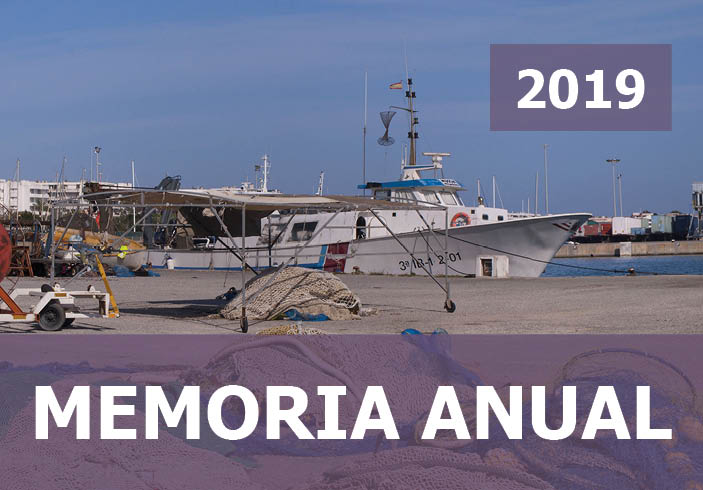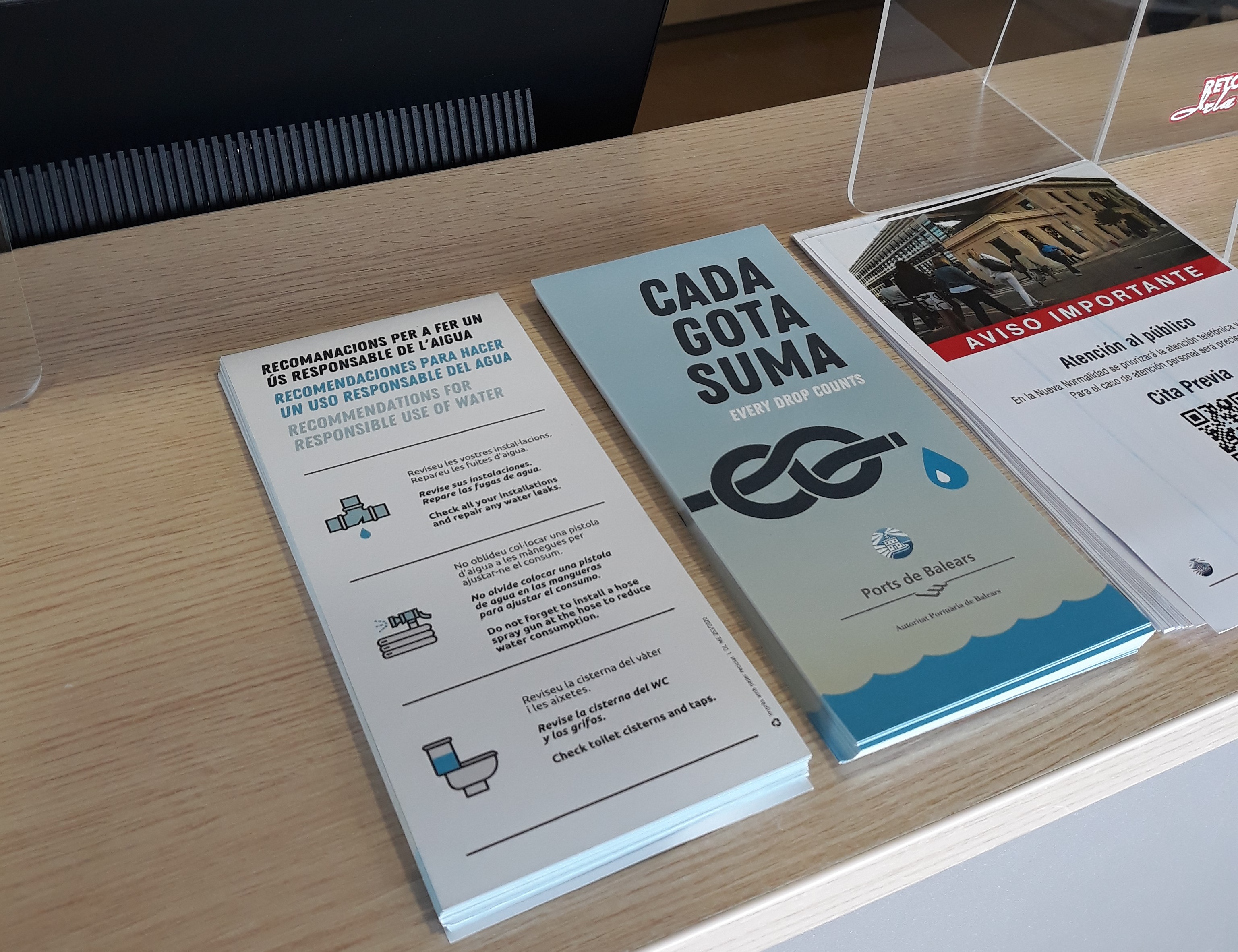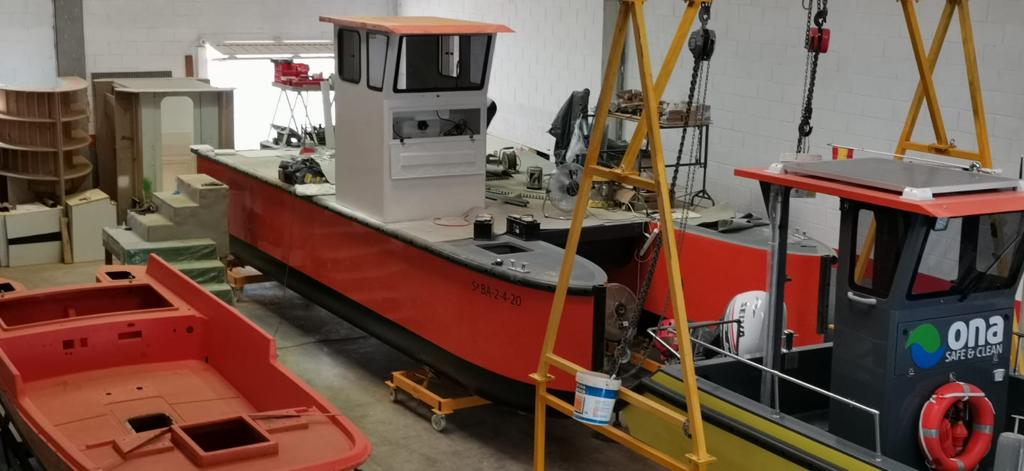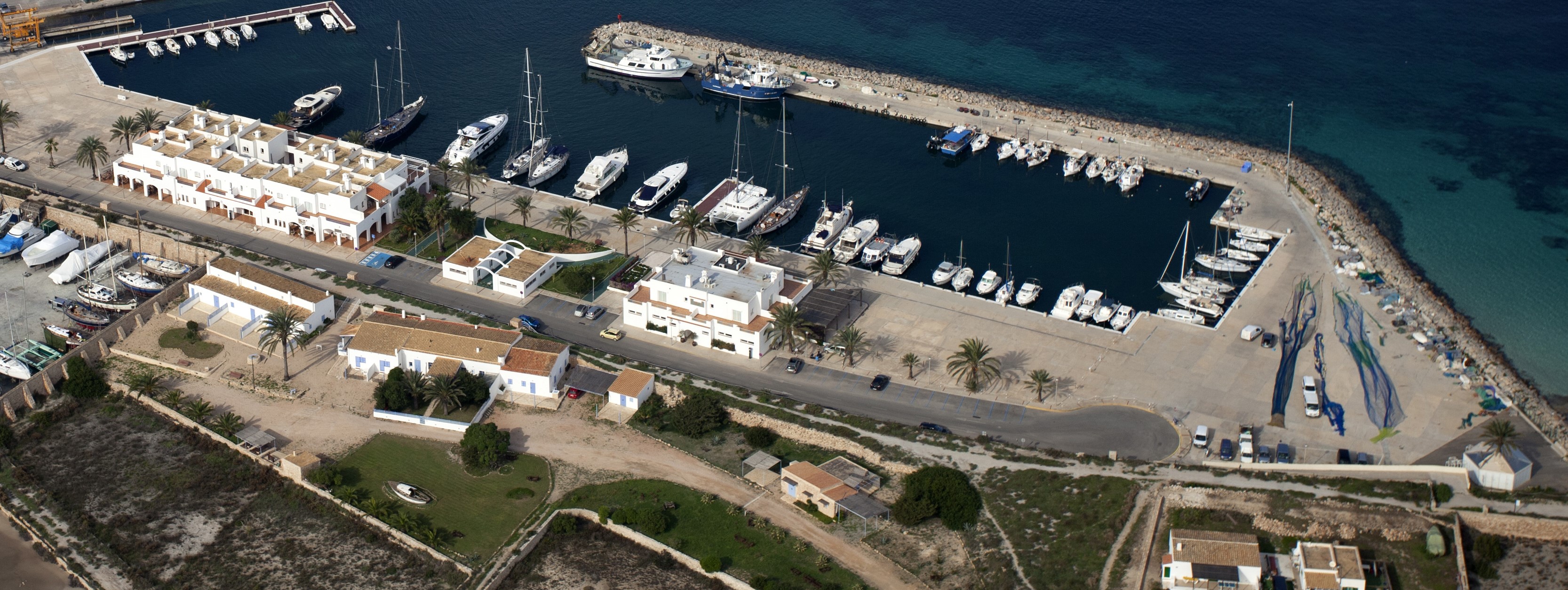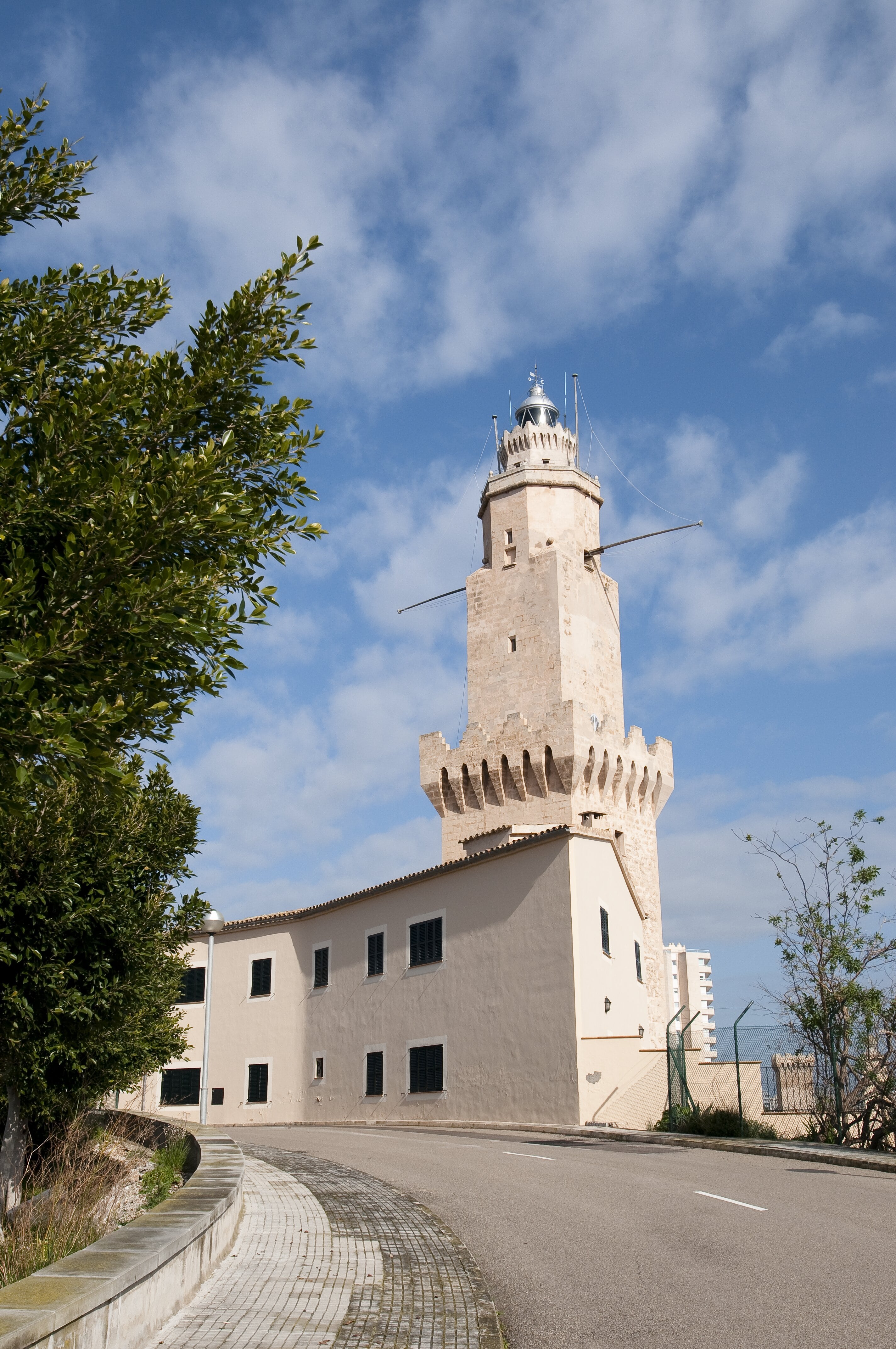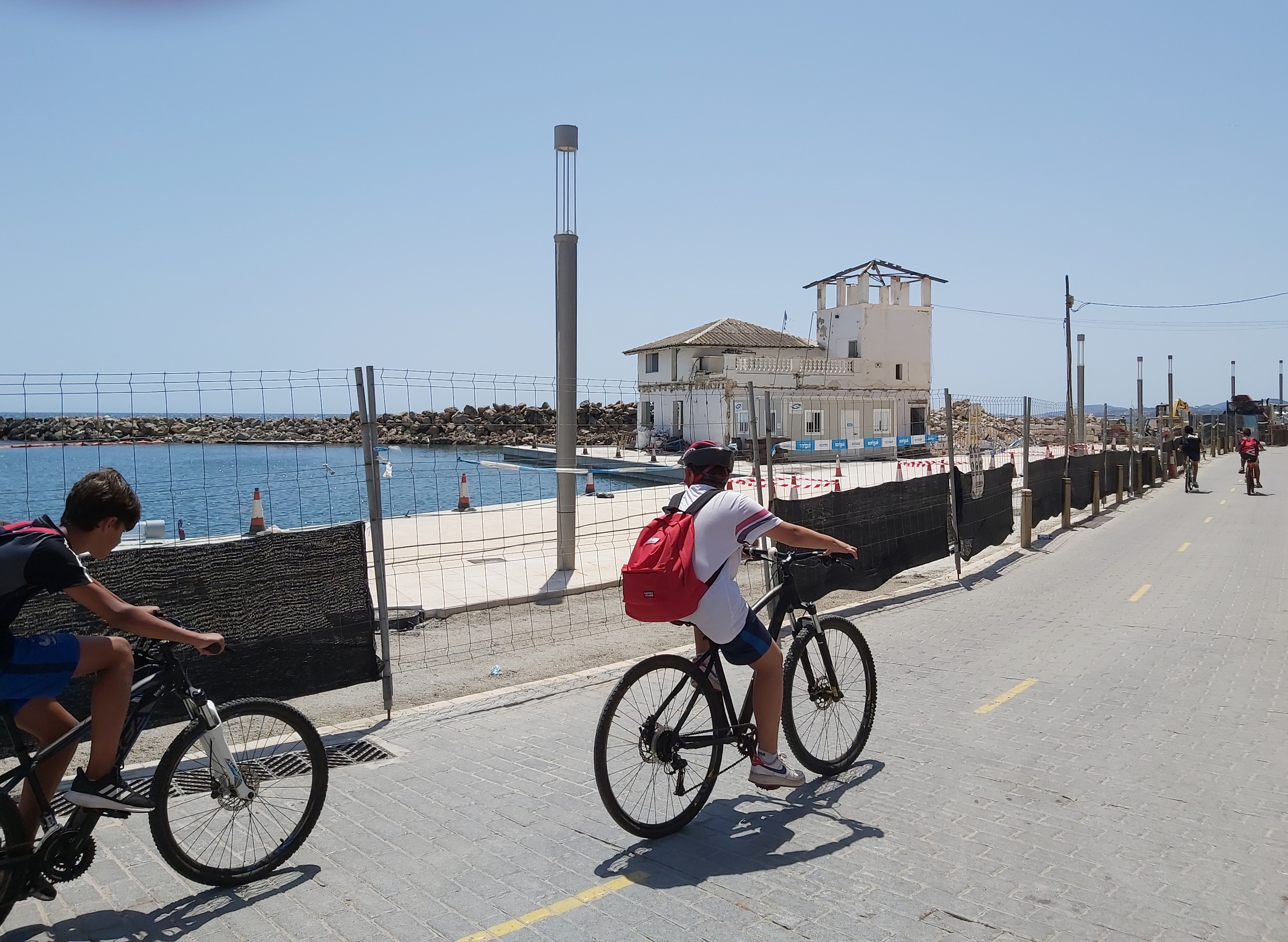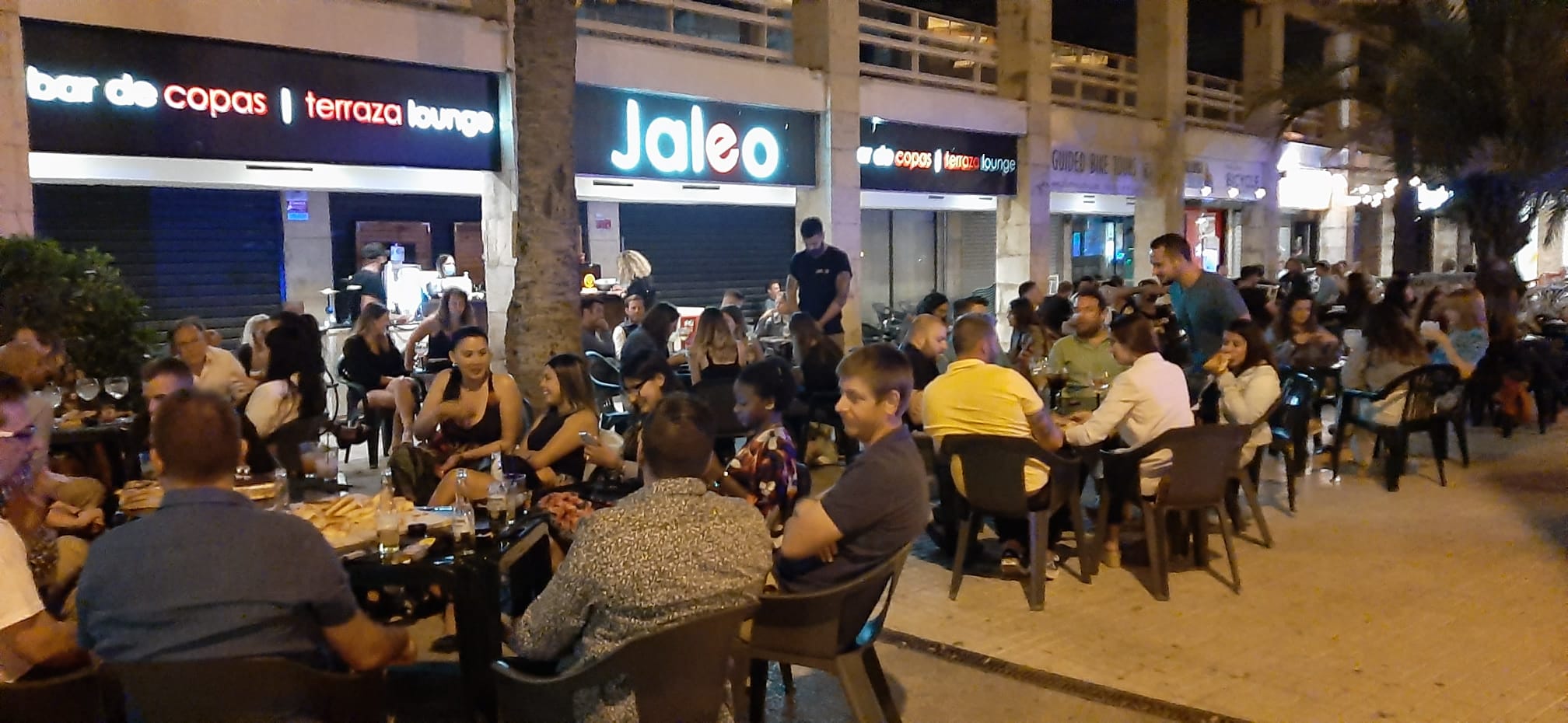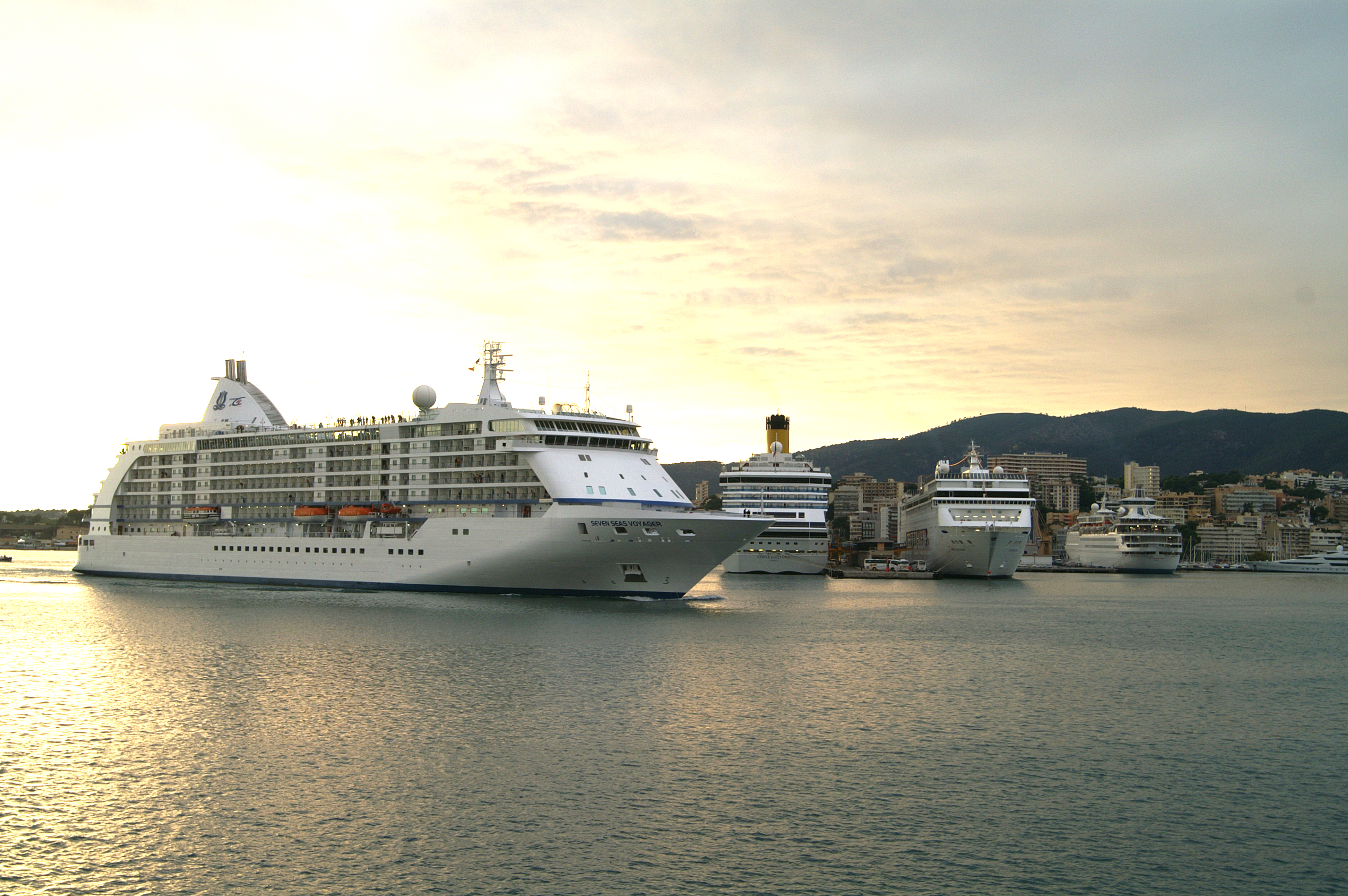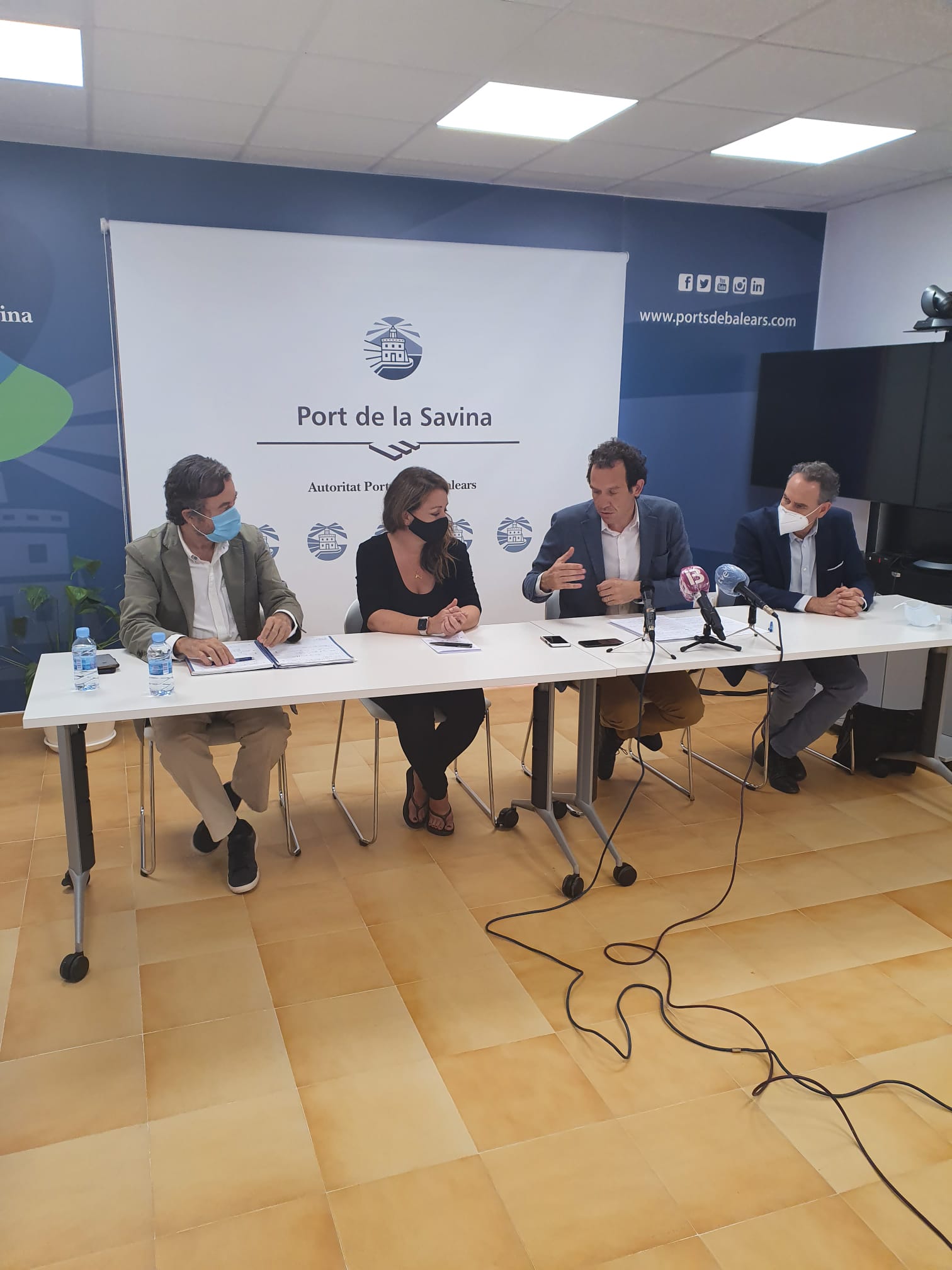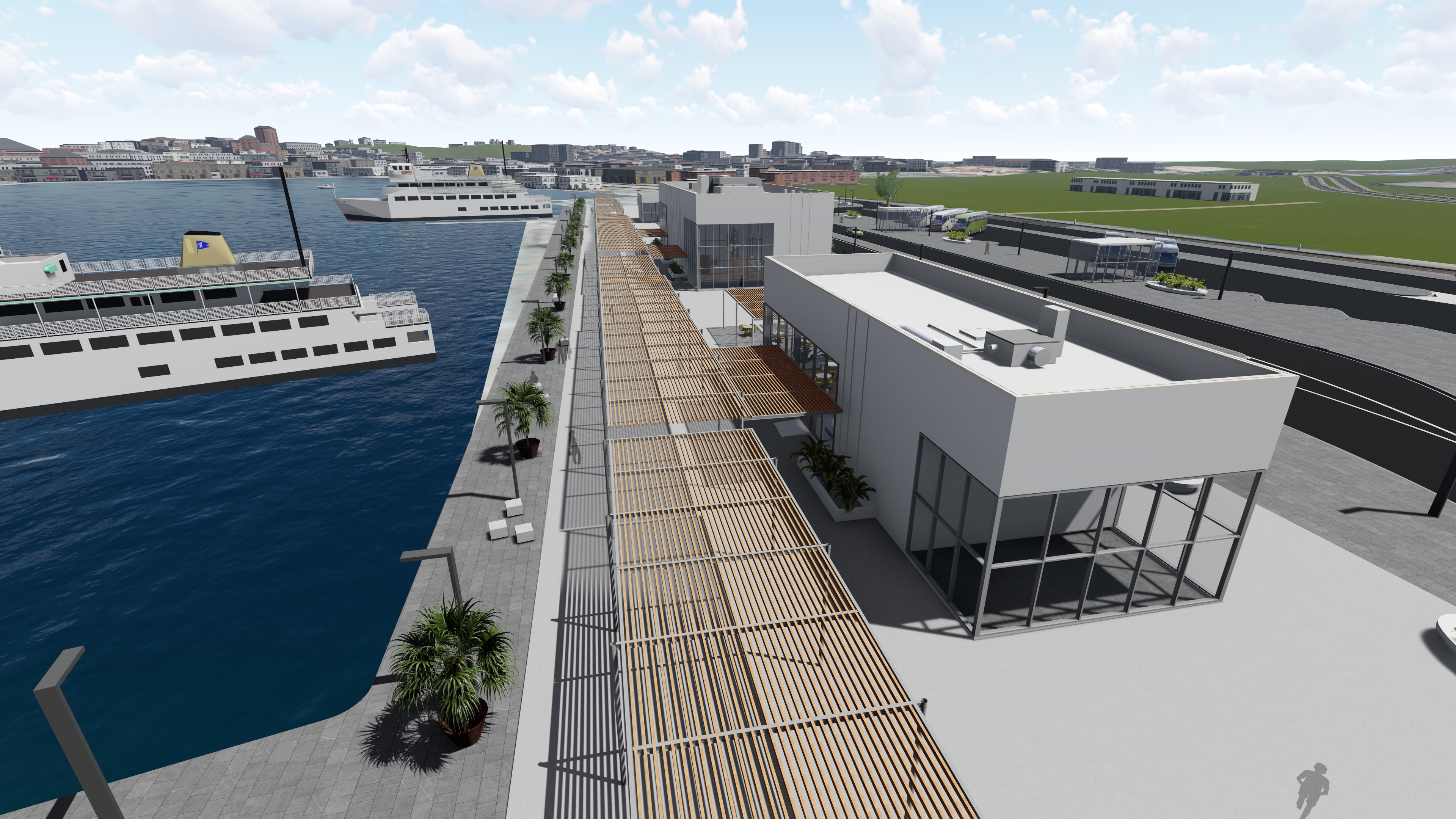
The APB initiates the conversion of its terminals so that they are powered exclusively by renewable energy
07/09/2020The Port Authority of the Balearic Islands (APB) aims to convert all the passenger terminals in the five public ports it manages to run on renewable energy. This process has started with the design of the future passenger terminal in the Port of Ibiza for traffic to and from Formentera. The project is being developed so that it becomes a prototype for a self-sufficient building in terms of energy. The passenger terminals in Alcudia, La Savina and the EM6 in Palma are also moving towards sustainability, with work underway since June to make the energy they consume renewable. The projects, which began in June 2020 and are scheduled to be completed in six months, include improving building air-conditioning by using more efficient geothermal systems, fitting solar panels on roofs to produce electricity and installing water purification systems. In addition to the aforementioned projects, the construction of the new Botafoc terminal in Ibiza is also underway in which, as part of a project that is 100% funded by the European Union, experimental lignin batteries will be installed to store the photovoltaic energy generated by the solar panels that will be installed on the pergolas in the parking area. Towards decarbonisation With these actions, the APB aims to become a benchmark at regional and national level in terms of decarbonisation which is not incompatible with an optimum level of thermal comfort and high indoor air quality, as well as providing significant energy savings. The aim is for the energy required to run the terminals to be supplied by renewable energy sources. Five essential principles work together to guarantee the overall performance of a building: thermal insulation, high performance glazing and carpentry, the absence of thermal bridges, double-circuit mechanical ventilation systems and airtightness. The impact of this new construction method is highly significant, because it converts many of the procedures for the design, construction and management of buildings to greater energy efficiency. The APB’s sustainability policies are drawn up with a view to meeting the objectives set out in Law 10/2019 of 22 February on climate change and energy transition for the Balearic Islands and in accordance with Directive 2010/31/EU of the European Parliament and Council.


